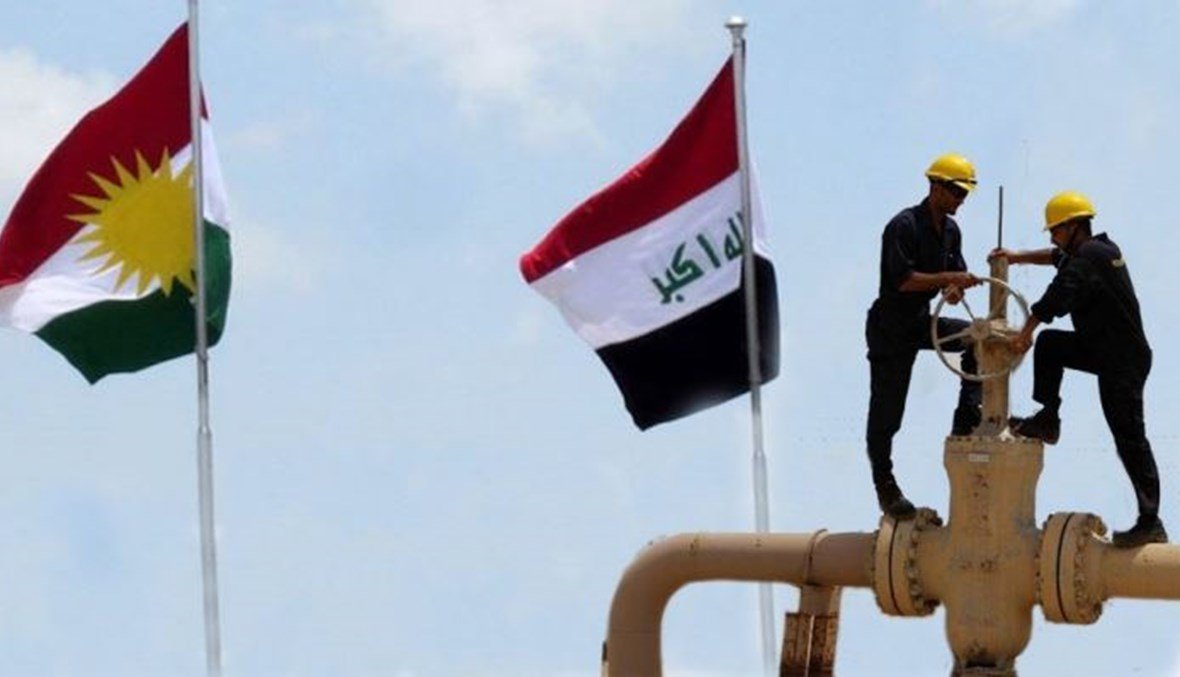KRG Oil Exports to Hit 250,000 Barrels Daily in November, Sold as Kirkuk Crude at Ceyhan

The KRG’s oil exports are set to rise by 86% in November compared to October, with Iraq’s state oil marketer SOMO scheduled to load 250,000 barrels per day at the Ceyhan port. According to a loading program cited by Reuters, total November exports will be shipped through 12 cargoes. In comparison, October’s schedule was around 135,000 barrels per day distributed across six cargoes.
Context: KRG oil exports resumed on September 27 following a major US-brokered breakthrough. In the first week, Iraq’s oil minister reported selling one million barrels, averaging 150,000 barrels per day. Throughout October, daily exports increased incrementally. On October 24, the director of Iraq’s North Oil Company stated they had sold “nearly five million barrels,” averaging approximately 185,000 barrels per day over that period. He added that “currently, 200 to 250 thousand barrels are exported daily.”
Analysis: An interesting detail is that Reuters, available only through their Arabic-language service, refers to the crude being exported as “Kirkuk oil.” This labeling created confusion, prompting Rudaw TV to ask the North Oil Company director whether actual Kirkuk field oil exports were restarting. He denied this, yet the Reuters report clearly discusses KRG oil, stating “Kirkuk oil flows to Ceyhan port resumed in late September after a two-and-a-half-year halt.” The oil is simply marketed as “Kirkuk crude” in the official loading programs.
The naming likely reflects the export logistics: the KRG delivers oil to SOMO at the Zakho terminal, from which SOMO ships it through the Kirkuk-Ceyhan pipeline. But this is not just a technicality. The labeling of KRG oil as Kirkuk oil carries geoeconomic and geopolitical implications. One of the KRG’s longstanding justifications for its independent oil exports was to position itself as an autonomous energy actor. Now, not only is the oil being exported by Iraq’s SOMO, but it is also branded as Kirkuk crude. While the arrangement is described as temporary and the result of U.S. pressure, it signals a notable shift in the balance of control over KRG oil exports.

On production numbers, if 250,000 barrels per day are being exported alongside 50,000 barrels reserved for domestic KRG consumption, total output would hit 300,000 barrels per day—above the agreed 280,000 threshold. Another possibility is that some of November’s 12 scheduled cargoes include stored oil from October, which would push November’s daily average up to 250,000. This makes sense considering October’s official loading program listed just 135,000 barrels per day, well short of the actual export rate hovering around 185,000 barrels per day.
Finally, KRG oil exports are directly linked to regional salary payments, as the KRG agreed to transfer oil control in exchange for timely disbursements from Baghdad. At an average of 185,000 barrels per day sold in October with prices ranging between $60-65 per barrel, revenues come to roughly $350 million, or 450 billion Iraqi dinars. That still falls considerably short of the nearly 1 trillion dinars needed to cover the KRG’s monthly payroll. The KRG does separately contribute around 120 billion dinars in non-oil revenues, bringing the total Baghdad receives from KRG oil and non-oil sources to just over 550 billion dinars.









